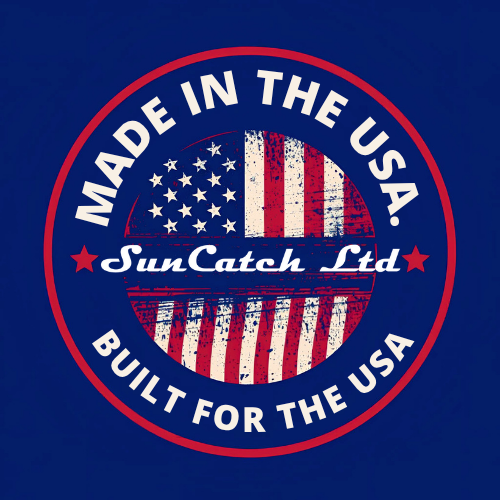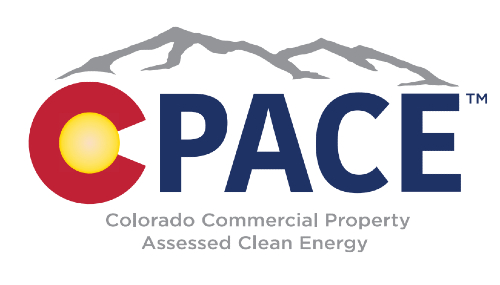Sun Catch Labs
SCIENCE THAT CARES
US Manufacturer of Modular Parabolic Trough Concentrating Solar Collectors
SunCatch Lab is a research and development division of SunCatch dedicated to creating next-generation wellness technologies inspired by nature, science, and ancient wisdom. Our team of inventors designs innovative devices that support vitality, balance, and harmony for people, pets, and plants. Guided by curiosity, care, and respect for the natural world, we bridge modern innovation with the subtle energies of life helping you reconnect with health, energy, and overall well-being.
PRODUCTS CATEGORIES

Arc 21

Polus

Amunod

Amunod
Frequently Asked Questions
Q: In the SunStainable system, how many solar modules can be placed in one row?
A: To guarantee the best quality, a maximum of 10 solar modules can be placed in a row. Since the system is modular and scalable, the number of modules and rows is designed to meet each client’s location and operational needs.
Q: What is the size of each solar module?
A: Each individual solar module is 9 feet wide and 18 feet long. If you were to have two linear rows of 10 solar modules, each would require 3,150 sq. ft. of space.
Q: What is the difference or clearance between each row?
A: Between the axles of each row, the distance is from 7 to 9 meters.
Q: What is the weight of each solar module?
A: The weight is about 100-120 kg. 100kg empty but considering the heating fluid inside, there is an added weight.
Q: How many rows are usually needed in the SunStainable system?
A: The number of rows that can be placed depends on the size and shape of the land. It can be configured as needed with no maximum limit on rows. Furthermore, the system’s modular and scalable design allows for rows to be positioned either inline or side by side.
Q: What are the criteria for assessing the property location?
A: Our process begins with a pre-assessment questionnaire asking about the property geolocation so we can note the obstacles making shadows (trees, buildings, etc.) and assess the sunlight hour statistics of the location. All this, as well as the consuming style of the client, affects the size of the concentrator, storage, and overall configuration of the solar technology system.
Q: How much thermal energy can I get from one acre of land?
A: There are several variables to consider, but here is the rough example calculation: One acre can roughly fit 27 rows of CST of 10 solar modules each. Each row generates 80 kWh during sun hours. For example, Colorado has, on average, 3,102 sun hours a year. 80 kWh x 3102 hours = 248,160 kWh/year x 27 rows = 6,700,320 kWh/year = 6,700 MWh = 22,862,440,827.28 BTU
Do you have more questions? Talk to a Specialist Now Call 541.350.2756
Contact Us
Are you looking to reduce energy costs for your Industrial or commercial business? Schedule a consultation with one of our specialists today! We are here to answer any of your questions.
(541) 350-2756
Get in touch with us!
By adopting our technology, you can increase the energy efficiency and sustainability of your company, reduce operational expenses and reliance on fossil fuels and the grid, reduce environmental impact, and decrease the number of chemicals used for cleaning and sanitization. While energy costs represent a significant percentage of total business expenses, the majority of the industries still rely on fossil fuels and electricity, with their costs constantly rising over the last decade.




